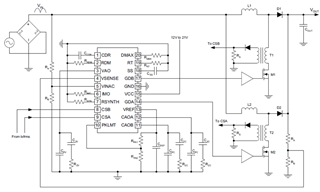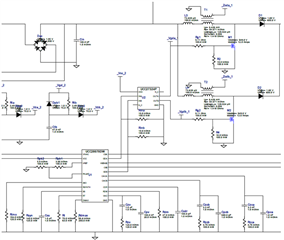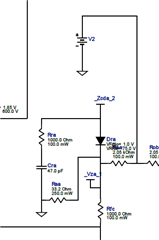Other Parts Discussed in Thread: TIDA-00130
Tool/software:
Hi team,
Our customer, ESAB, had questions about the placement of the current transformer while implementing the PFC driver.
The two configurations are below:
1. Current transformer connected in series with the MOSFET (between the MOSFET and Inductor-Diode node) : Current sensing only during the MOSFET ON condition

2. Current transformer connected in series with the inductor (between inductor and MOSFET-Diode node): Current sensing when MOSFET is ON & OFF

The questions are as follows:
- What are the differences in PFC operation between the two configurations? This is a high power application, ~10kW
- What is the recommended configuration using the UCC28070? (I assume the first configuration, given it is the one in the datasheet, but I would like to confirm)
- What are the effects/benefits of using the second configuration?
Also, if there are any clarifying questions you need answered, please let me know and I'd be happy to get back to the customer. Thank you.
Best,
Julius Burtell



